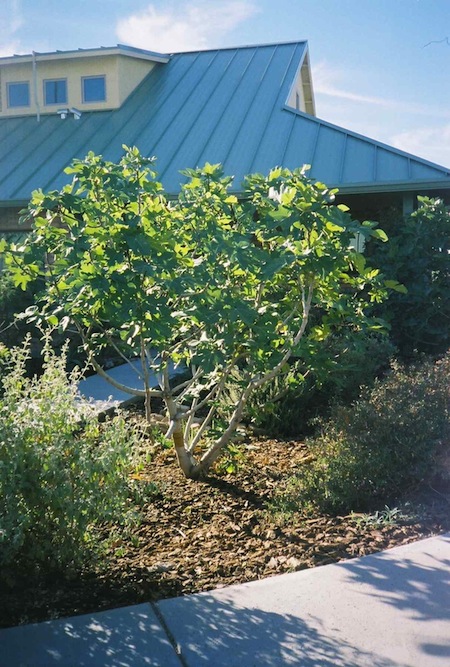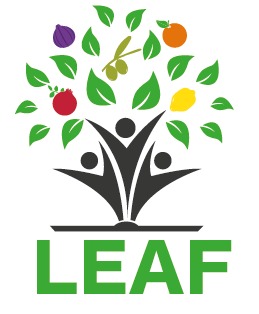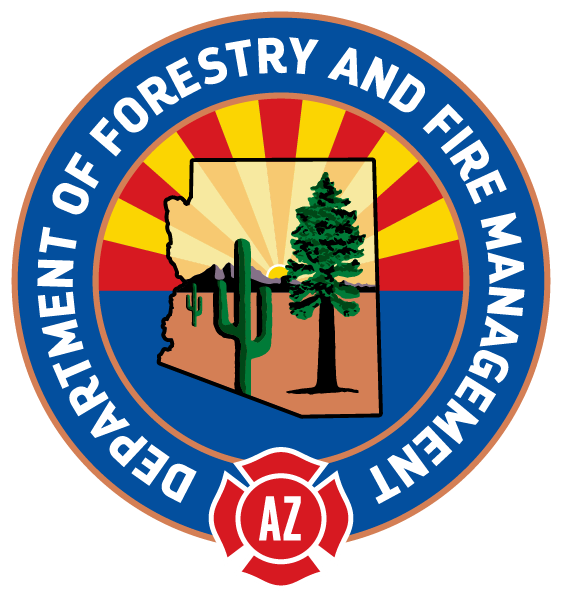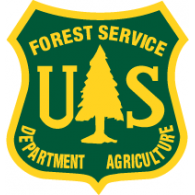Mulch, Weed and Label Your Trees Click Here for a PDF of Mulch, Weed and Label Your TreesMulch tree basins Organic mulch can conserve moisture around trees, suppress weeds, reduce erosion, reduce soil compaction, build soil structure, provide nutrients and even cushion fruits as they fall. Mulch increases the rate of water infiltration by supporting beneficial soil-burrowing life. Projected climate change could result in higher evaporation rates and more water loss from soils, which mulch helps counteract. Mulch also stores carbon from fallen leaves and pruned branches of trees. Mulch might keep soil cool longer in spring to delay flowering times in frost-sensitive areas. Fill basins with a layer of organic mulch 2 to 3 inches deep composed of leaves, wood chips, chipped desert vegetation or well-composted straw or grass clippings. Be careful that mulch materials are not diseased and not placed where they increase the fire hazard. Do not use wood chips that could contain high quantities of natural resins or toxins, such as eucalyptus or juniper. Organic mulch will decompose and can float away in runoff events, so add more mulch as needed to maintain a thick layer. The mulched area should extend from near the tree trunk to just beyond the drip line of the tree. Keep organic mulch several inches away from the tree trunk since too much moisture against the trunk can encourage root rot and attract damaging insects and rodents. To keep mulch away from the trunk, provide airspace and keep rodents from chewing the bark, you can place a hardware cloth ring several inches larger than the diameter of the tree trunk around the based on the trunk. Make sure to enlarge this ring as the tree grows. Inorganic mulches consist of rocks, cobbles, gravels and other minerals that allow water infiltration but do not decompose. Do not use decomposed granite (also called DG), which can shed fine-grained materials that can clog soils. Inorganic mulches generally do not get washed away and do not tend to hold moisture close to tree trunks. However, inorganic mulches can be hard to weed around, they do not release nutrients to the soil and can get extremely cold or hot depending on the season. Place inorganic mulches around trees out to the drip line. Manage grass and weeds Minimize competition from grass and weeds around trees. If planting trees in a lawn, remove sod from about 3 feet around the base of the tree and keep soil around young trees free of weeds and grass until the trees are well established. Label the trees Trees can have very long lives. Prepare a permanent record of your edible trees for yourself and those who will care for them in the future. Tree tags are useful, but they may fall off or damage trees. Alternatively, you can draw a map showing tree locations, species names, common names, planting dates, plant varieties, rootstocks, cultural notes and other information. Write down instructions on tree maintenance and watering frequency. |
Fig tree planted in a water harvesting basin, mulched to reduce the evaporation loss of water and enrich the soil. |
CAUTION: Never eat anything that is not properly identified. It is your responsibility to ensure that all fruits, nuts, seeds, pods and other edible products of trees and shrubs are correctly identified and safe to eat before eating them or serving them to others.
Copyright 2023
LEAF is under the fiduciary stewardship of the Arizona Community Tree Council, a 501(c)3 non-profit organization.
70 S Val Vista Drive, Suite A3-186, Gilbert, AZ 85296




